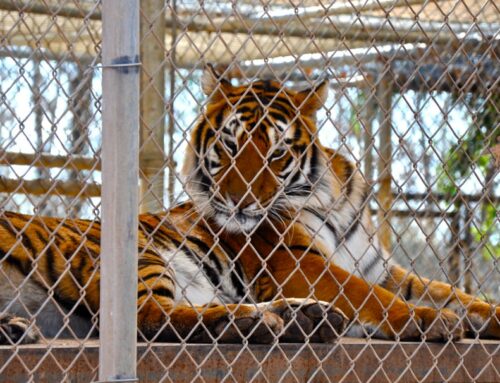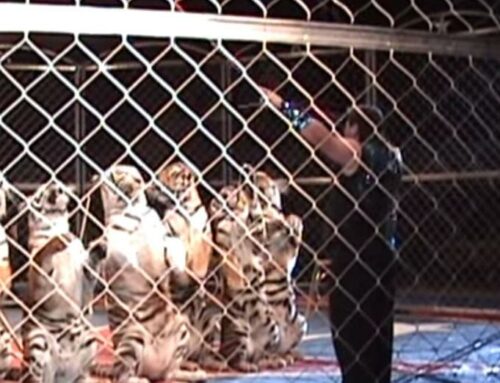Black Hills lion hunters have entered uncharted ground.
Following a flurry of 14 kills in the last six days, the count for the 2012 season reached 62 on Friday. That is 13 more than the previous high of 49 set during the 2011 season.
It leaves the season just eight cats short of the 70-lion overall kill quota set by the state Game, Fish & Parks Commission. And it leads some lion hunters to predict season will end sooner than many expected.
“With a little snow, I wouldn’t be surprised if it’s closed by the end of the month,” said hunter Steve Bulle of Pennington County.
With snow on the ground and more likely to fall, favorable tracking conditions could bring another string of lion kills in coming days.
The success so far leads Bulle and many other lion hunters to conclude that there are more lions than 200 the GF&P staff estimated last year when the commission set the season. That was down from an estimate of 250 lions a few years earlier.
Bulle also questions the notion that the lion population is declining.
“They claim the lion population is down, and I’m just not seeing it,” Bulle said. “And everybody I’m talking to is saying the same thing.”
Bulle and others believe lions are devastating deer and elk herds. Their lobbying helped encourage the GF&P Commission to raise the lion-kill quota above the recommendations of its biological staff the last three years. Bulle said it looks like another increase is justified.
John Kanta, regional game manger for GF&P in Rapid City, said it is too early to jump to conclusions based on this lion season.
“We are ahead of last year with harvest, but as I have always said, it’s not a good idea to use the number of lions harvested over a set time period as an index of population,” Kanta said. “There are too many variables that play into the harvest.”
Conditions are among them. Snow is considered crucial to lion hunting in the Black Hills. Yet Bulle points out that the most successful lion season so far has occurred during a period of unusually mild conditions with a lack of snow in many areas.
A reduction in available roads and trails because of a new travel-managed rule in the Black Hills National Forest has made hunting more difficult, and fewer hunters seem to be out, he said.
Yet hunters have already killed 62 cats.
“I don’t think we’re gaining on them,” Bulle said.
Kanta questioned the notion that fewer hunters are out, since additional hunters bought lion permits this year. GF&P has sold than 3,400 permits compared to 2,325 last year, he said.
And snow still has been essential this year, even though it came sporadically in many areas. When and where it did fall, hunters responded and were successful, Kanta said.
“If you look at where most of the lions are being harvested, it’s where the snow is,” he said. “We have also seen spurts in harvest following snow events.”
One of those spurts came on a Monday following an overnight snow, when four lions were taken. Three were killed on Wednesday and three more on Thursday.
This week produced the largest cat of the season so far, a 6-year-old male lion taken in Lawrence County that weighed 164 pounds. It also produced the smallest, a 28-pound male out of Pennington County estimated at 4 to 5 months old. After examining the young lion, GF&P officials said the hunter would not be charged with killing an underage lion.
GF&P regulations prohibit shooting lions that are young enough to show spots. GF&P has not charged such hunters if the spots were not considered visible at shooting distance.
Contact Kevin Woster at 394-8413 or kevin.woster@rapidcityjournal.com






Leave A Comment
You must be logged in to post a comment.